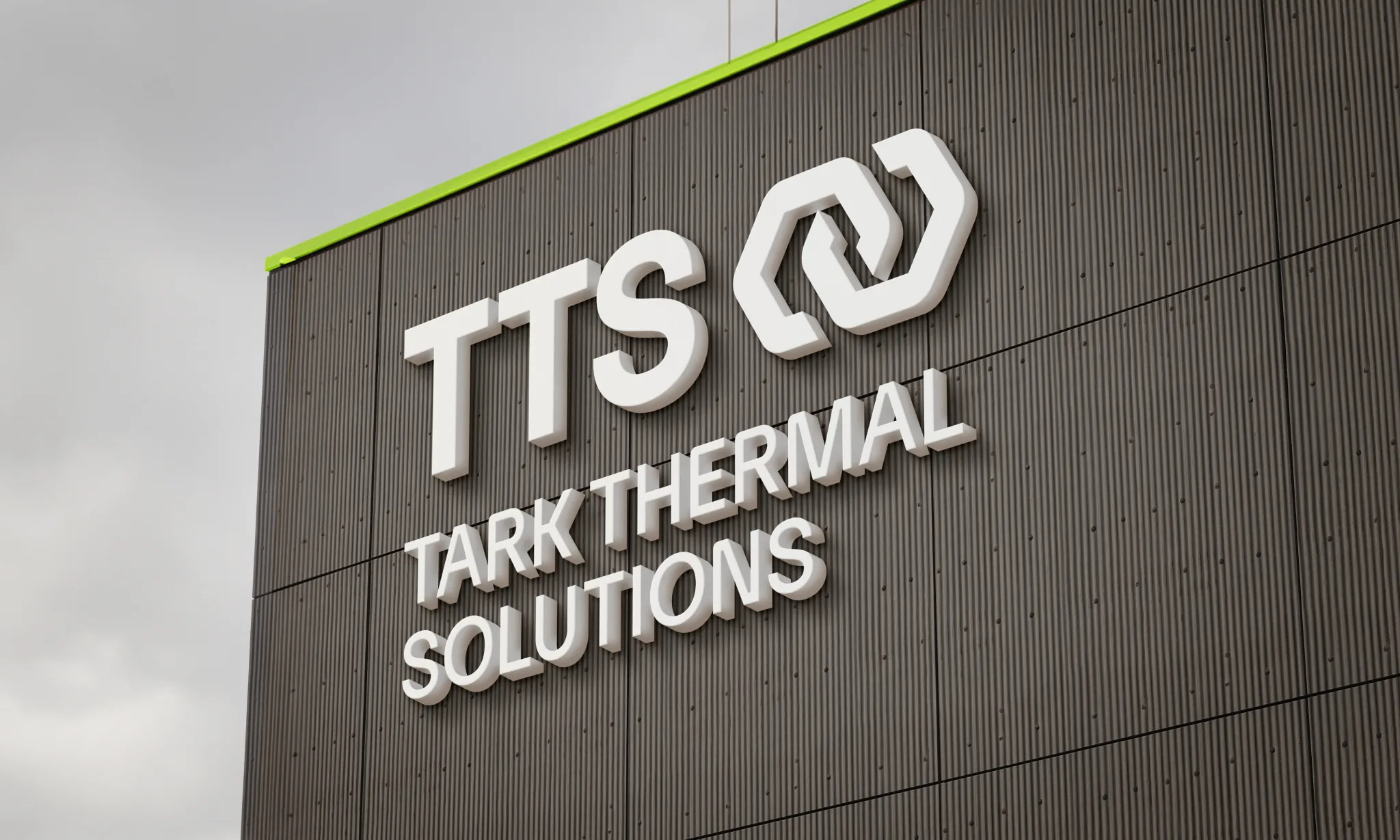Laird Thermal Systems Expands Nextreme™ Performance Chiller Platform with New Thermoelectric-based Unit
The NRC400 is an environmentally friendly recirculating chiller delivering precise temperature control for leading analytical and industrial instruments with no global warming potential...
